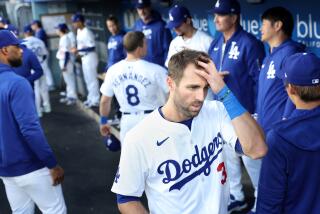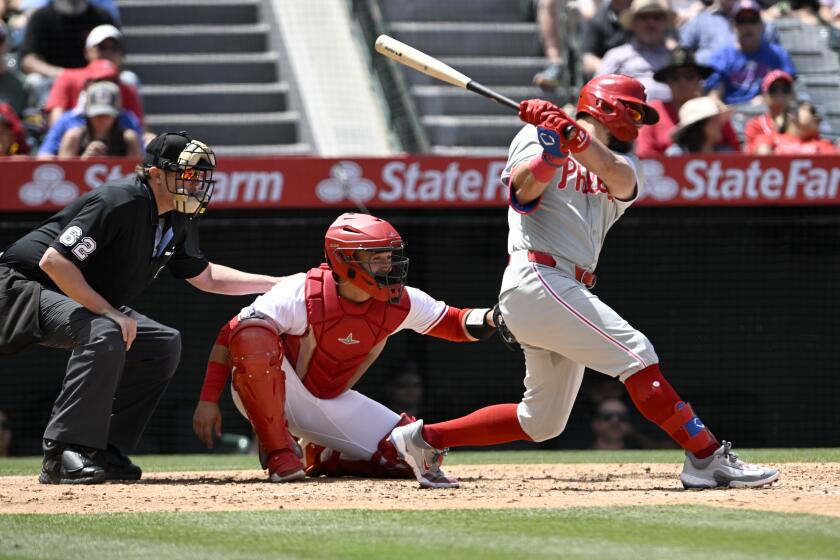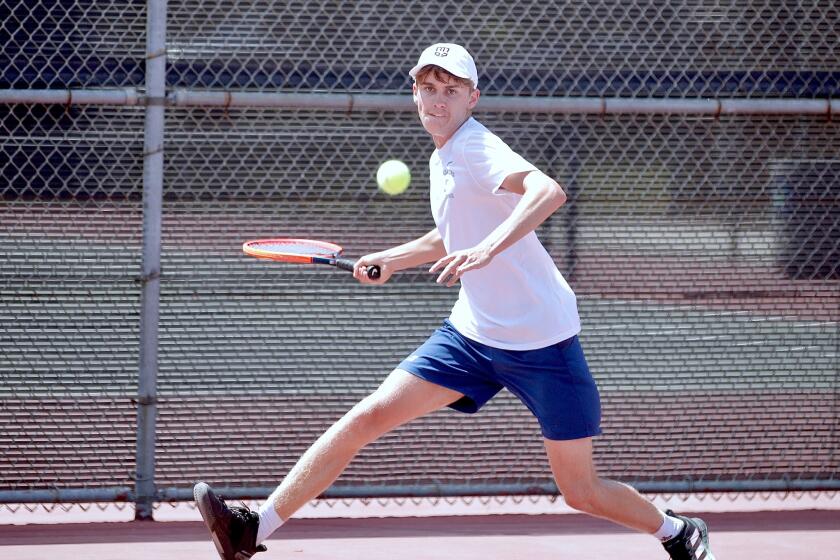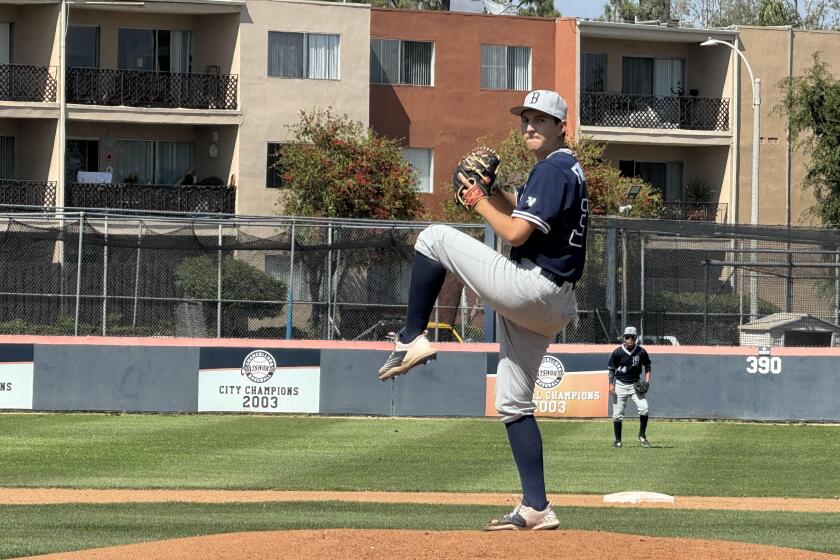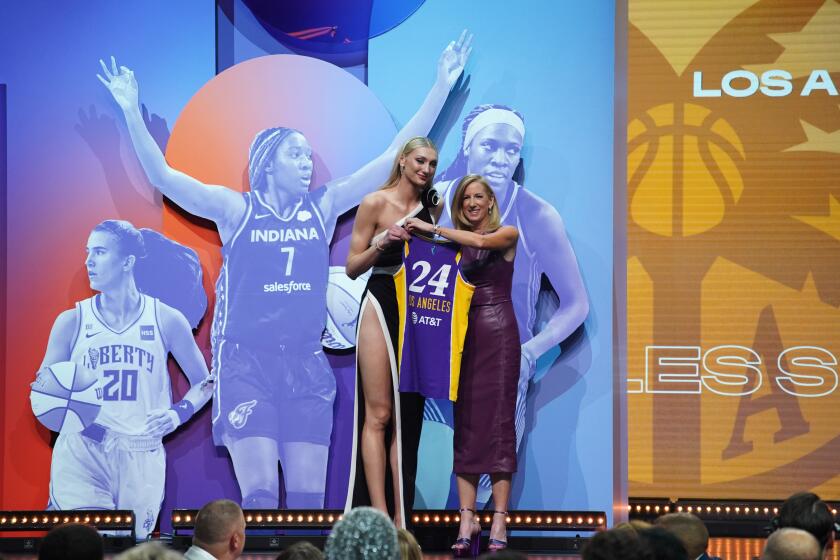Formula One rules changes
As the opening race of the Formula One season, the Australian Grand Prix is always filled with unknowns about which teams and their drivers will start strongly.
But this year, the uncertainty in Melbourne is dizzying because of a spree of Formula One rules changes.
The race cars are sleeker aerodynamically. Teams are again using slick tires, for better grip, after 11 years of running grooved tires. Some off-season testing was curtailed to trim costs in the recession, but it also removed an early gauge of each team’s prowess.
Formula One also is allowing Kinetic Energy Recovery Systems (KERS), a technology that provides a temporary burst of power. KERS takes energy from the car’s braking and stores it in a battery, making it available to the driver for a short power boost. But KERS is voluntary this season, so it’s unclear which teams will use it.
All the changes stemmed from regulations issued by the series’ governing body, the Federation Internationale de l’Automobile, ahead of Sunday’s race (which starts late tonight in the Pacific time zone).
The FIA also tried to change the points system for determining the series champion by simply awarding the title to the driver with the most wins during the season. But after teams protested, the FIA said it would use the same system as last year, with points earned on a sliding scale for drivers finishing in the top eight spots.
And finally, a new team called Brawn GP has turned heads by showing exceptional speed in preseason testing with cars powered by Mercedes engines. Brawn is led by former Ferrari technical director Ross Brawn, who acquired the old Honda Racing team after the Japanese automaker dropped out of the sport in the off-season because of the high cost and a slowdown in its sales.
The Brawn, Williams and Toyota teams also were at the center of controversy over the design of their “diffusers,” a piece of bodywork at the rear of the cars. Other teams charged that the design improved the three teams’ aerodynamic performance in violation of regulations. Formula One stewards rejected the protest, but it’s expected to be appealed.
Despite all the changes, it’s likely the series’ top drivers of last year -- led by reigning champion Lewis Hamilton of McLaren Mercedes -- will run at the front again this season.
Hamilton edged Ferrari’s Felipe Massa by one point last year to become the youngest Formula One champion in history, at age 23. And McLaren Mercedes and Ferrari combined to win 14 of the 18 races last year. Still, “what happened in last year’s championship is finished,” Massa said Thursday in Melbourne. “Everybody starts from zero now.”
Other contenders include Massa teammate Kimi Raikkonen, the Finn who won the title in 2007 and finished third in points last year. Another is Robert Kubica of BMW Sauber, who last year became the first Polish driver to win a series race with a victory in Canada.
Two-time champion Fernando Alonso also is back with Renault after placing fifth in the standings last year. The Spaniard is ready to stop focusing on the rules changes and start racing again, although he confirmed on Formula One’s website that he will use the KERS technology Sunday.
“For the fans, it is impossible to understand [all the changes] going on and how Formula One can start a season with so many doubts and changes to last season,” Alonso said. Drivers Jenson Button and Rubens Barrichello migrated from the old Honda team to the new Brawn team, and Button was asked at the news conference about Brawn’s early speed in testing.
“Testing is one thing, and for sure we’ve been reasonably reliable, and we’ve done some good lap times,” Button said. “But in 2006 we had a quick car in testing, and we got to the first race and we got blown away by the Ferraris, so you never know.”
While Formula One opens as usual in Australia, it will end this year’s 17-race season at a new venue in Abu Dhabi on Nov. 1. Races in Canada and France also have been dropped from the schedule -- as was the U.S. Grand Prix after 2007 -- so the series no longer visits North America.
--
More to Read
Get our high school sports newsletter
Prep Rally is devoted to the SoCal high school sports experience, bringing you scores, stories and a behind-the-scenes look at what makes prep sports so popular.
You may occasionally receive promotional content from the Los Angeles Times.
